

Columbine is a cute perennial, discreet but very ornamental when planted in bunches.
A summary of key Columbine facts
Name – Aquilegia
Family – Ranunculaceae
Type – perennial
Height – 8 to 32 inches (20 to 80 cm)
Exposure – full sun, part sun
Soil – ordinary, well drained
Flowering – April to June
From sowing to blooming, care is very easy and the impact is very ornamental.
First of all, you should know that “placing is everything” because columbine loves both sun and cool soil. Part sun may be important wherever the climate is warm and dry in summer.
Columbine flowers re-seed themselves spontaneously year after year.
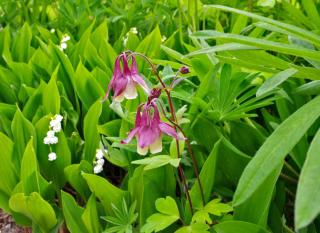
What matters is that it doesn’t freeze.
If you wish to sow, sow directly in the plot. This is possible during April, provided soil temperature rises above 55°F (12°C).
If ever the climate in your area doesn’t allow for this, prefer covered sowing and transplant to the ground 2 months later.
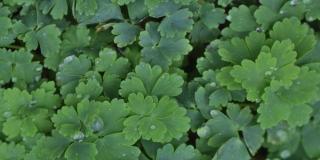
Remove wilted flowers regularly in order to boost flower-bearing and avoid having the plant dispense energy into preparing too many seeds.
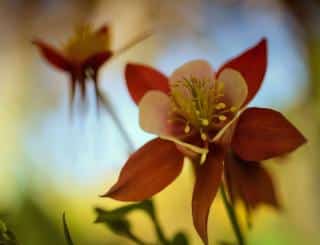 Cutting wilted flowers off will help reduce self-sowing, which is useful when it starts growing invasive.
Cutting wilted flowers off will help reduce self-sowing, which is useful when it starts growing invasive.Cut leaves back at the end of the blooming. Especially if your columbine has contracted powdery mildew: cutting all the leaves out bares the space for new leaves and new flowers, too.
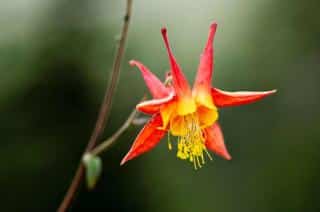
There are flowers of almost every color, and although most retain a dove-like shape due to the five outer petals, many are truly surprising. Some develop long, dainty spurs like the Aquilegia longissima or Longspur columbine.
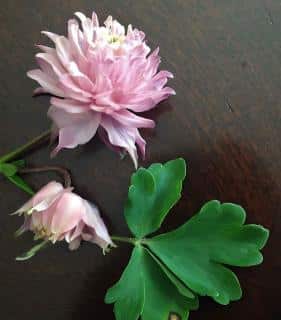
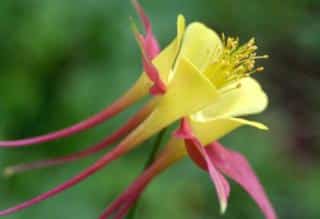
Most often, you’ll be placing them in a flower bed, but they can also be used along edges or on rocky ground.
Columbine develops a bunch-like bearing, with blue-green leaves, and although alpine varieties stay rather close to the ground, flower bed varieties can tower up to 3 feet (1 meter) tall.
Lastly, columbine tolerates acidic soil very well, and is a great pairing for all types of heather and heath plants.
Columbine is very vulnerable to powdery mildew and getting rid of it is often quite difficult. Best do everything you can to avoid contamination in the first place.
As for parasites, this plant is targeted by snails and slugs.
Avoid chalky soil for this type of plant.